Parents often ask me, “Is crawling really that important?”
The answer is, “YES! I believe it is crucial for the development of various skills and learning.”
There are interesting theories about a link between lack of crawling and ADD/ADHD and dyslexia. This stage is responsible to lay neurological foundations for important future skills. In fact, there are so many benefits to crawling/creeping I will regularly use in therapy sessions with children of all ages. The longer a child crawls, the better it is for development of core control, fine motor skills, visual skills, social/emotional development, and reflex integration. But before discussing the benefits in depth, we should understand the difference between crawling and creeping?

Crawling is the developmental stage where the child is pulling him/herself around on the tummy.
Some experts may call this “commando” style crawling. This neuro-developmental stage comes prior to the more mature movement pattern of creeping.
Creeping is the developmental stage when the child pulls his/her tummy off of the ground and begin to move around on hands and knees.
Why are these developmental stages so important?
- Child is learning to coordinate extremities and the two sides of the body.
- Crawling is cross lateral movement that strengthens both the left and right side of the brain. This is turn allows an increase in communication between the two sides of the brain and enhances future learning.
- Arms, hands, legs and feet are becoming stronger. This muscle development is imperative for future fine motor skills development
- Tactile and proprioceptive input given to the extremities through contact and pressure given by floor. These messages help a child’s brain register position and body in space.
- Visual skills are developed and fine tuned especially depth perception and near and far point focusing (convergence/divergence) This is used later in life for reading, writing and sports.
- This movement helps to integrate a variety of primitive reflexes especially STNR (Symmetrical Tonic Neck Reflex) Please read our upcoming blog on reflex integration
- In order to move in a creeping pattern (hands and knees), the child needs to develop body rhythm and timing in order to coordinate the movement. This repetitious movement helps stimulate and organize neurons, allowing brain to control cognitive learning. This is imperative later in life for comprehension, writing, math and improved concentration and memory.
- Children learn how to move his/her body in relation to the environment (under/over, near/far, on/off, up/down, left/right, forward/backward/sideway)
It does not matter when this developmental stage occurs, just that it does. You do not rush your child to walk!
We do not want our children skipping any developmental milestone, especially one as important as crawling/creeping. If your child is now older and skipped crawling/creeping stage entirely, don’t get upset! It is never too late.
- You can have your child move around the house while on all fours!
- Have him/her carry an object on back while crawling from room to room.
- Use a tunnel to crawl through or create a cave using household objects and furniture that he/she needs to crawl between.
- Make an obstacle course using your couch pillows.
- Have your child crawl on and off these uneven surfaces and around various obstacles.
You can always promote development through play. Your children will thank you!!





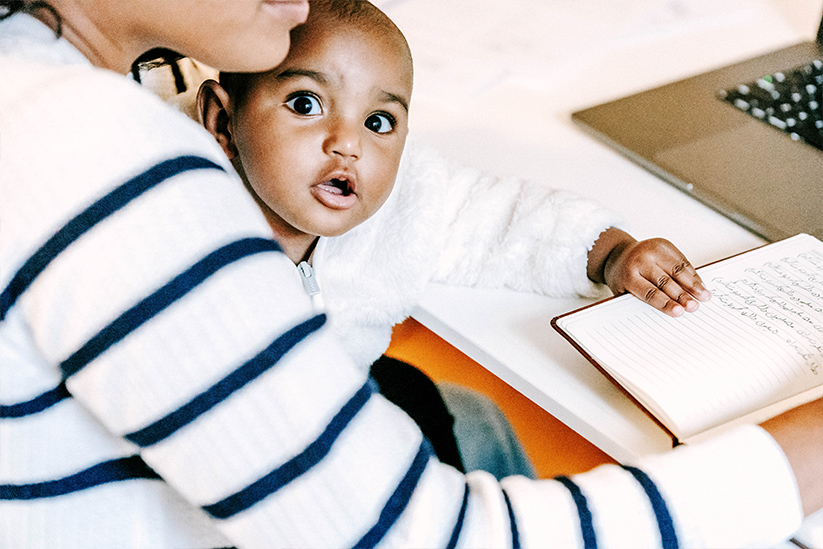
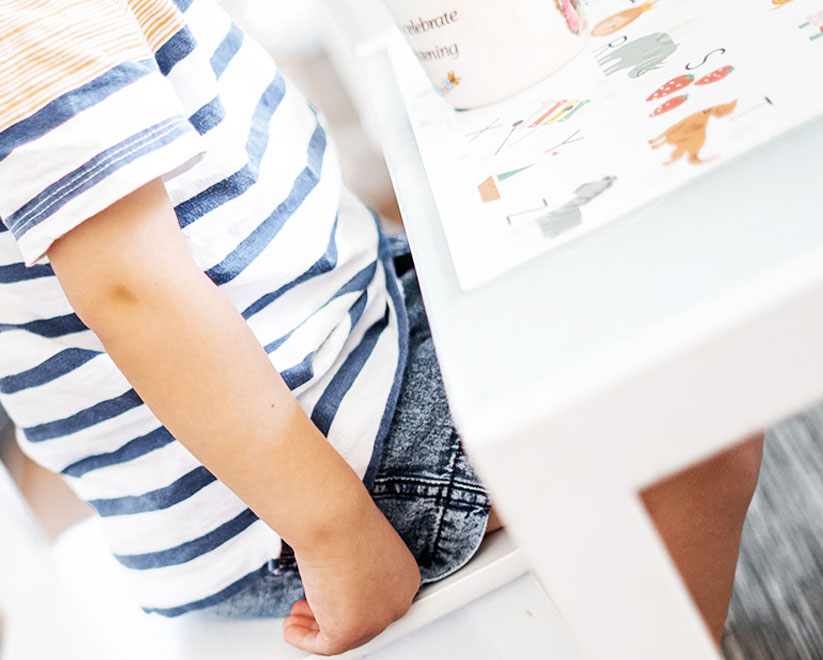



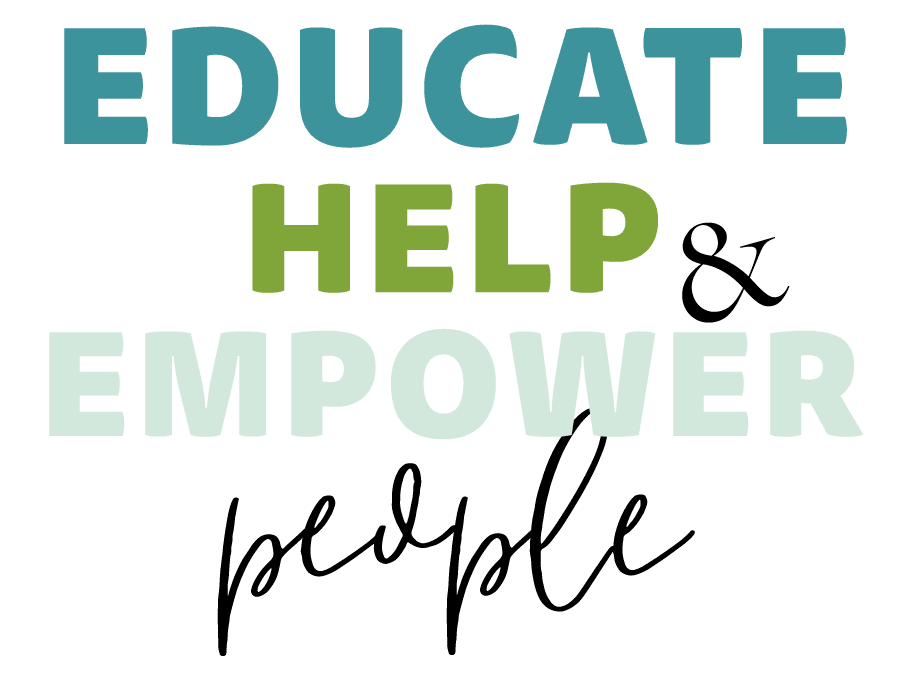
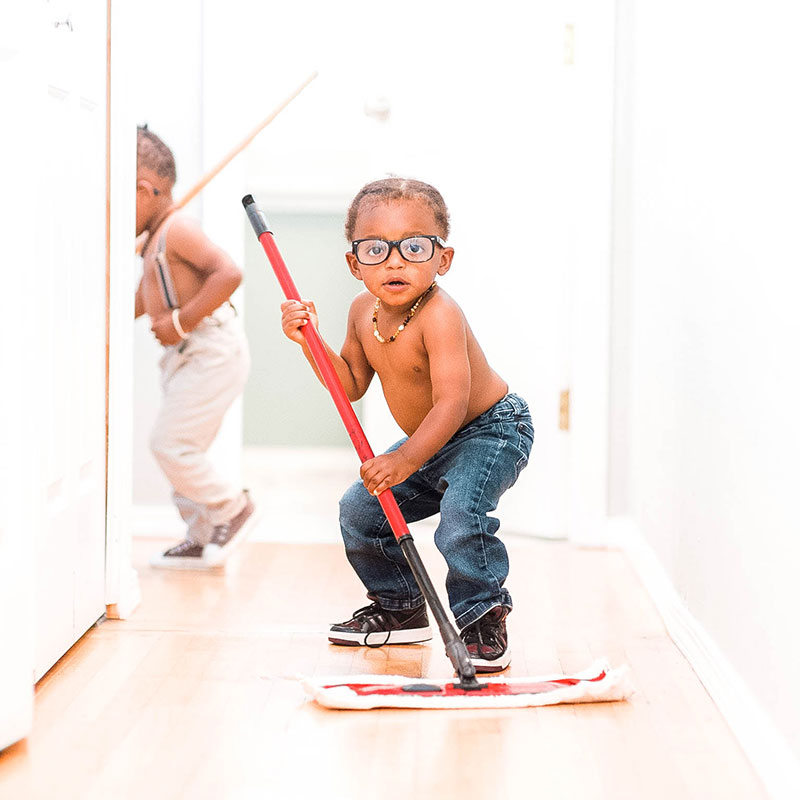



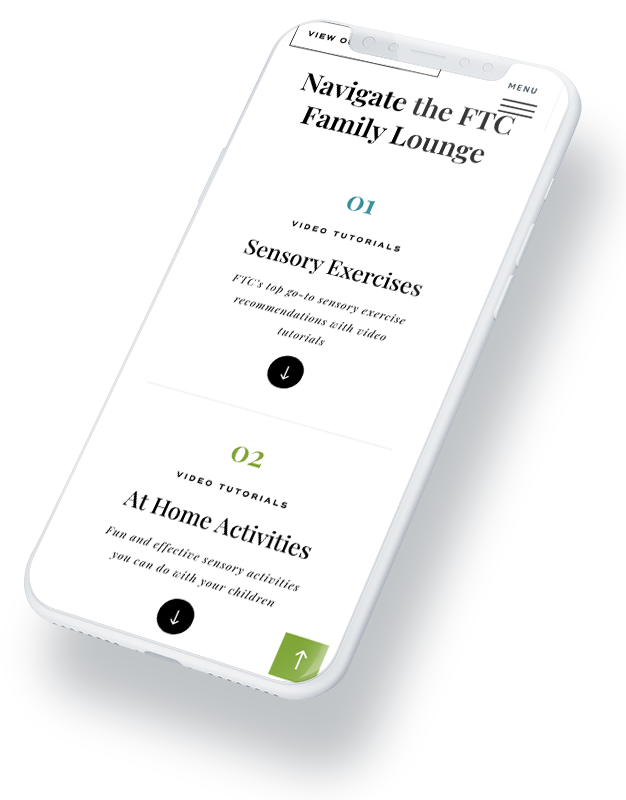



Comments
0 Comments